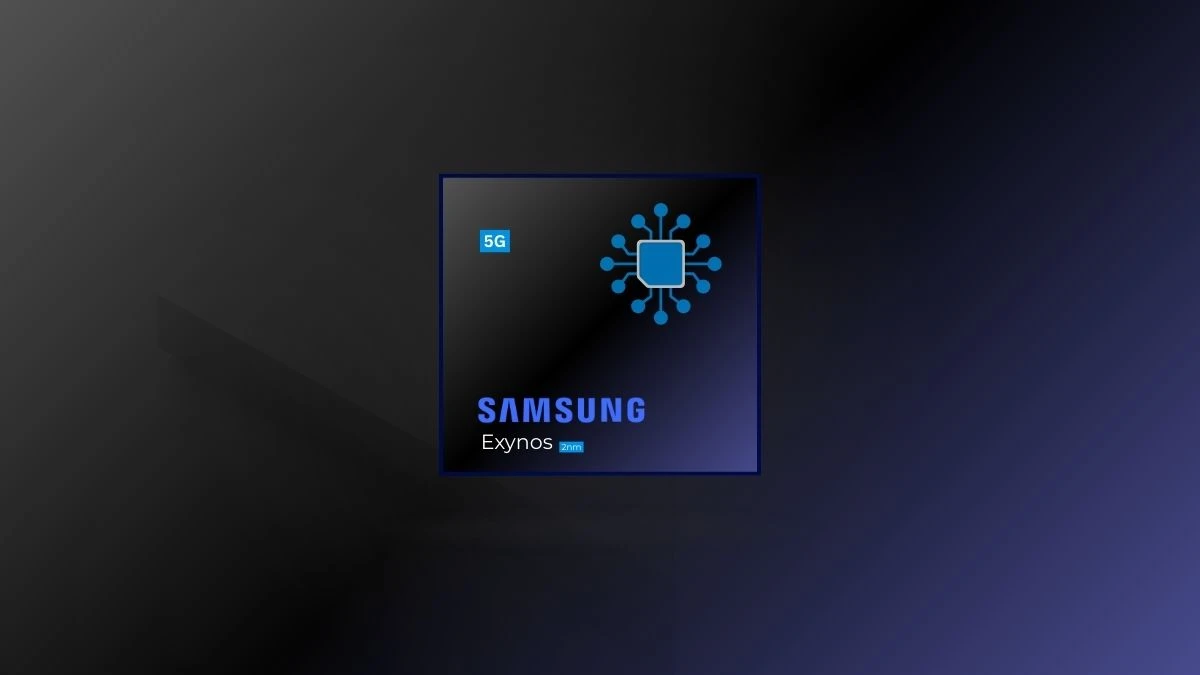The Exynos 2600, Samsung’s next-generation chipset, is reportedly entering mass production and is expected to launch with the upcoming Galaxy S26 series phones.
According to South Korea’s popular media channel ETNews, it is set to be built on 2 nm advanced technology designed to deliver maximum performance and efficiency.
Samsung is focusing on an application processor technology that can deliver stable performance, better graphics rendering, managing camera processing, seamless connectivity, and more.
Currently, in the AP technology manufacturing, TSMC is dominating the advanced semiconductor development market, while Samsung is entering the competition.
Samsung’s Big Bet on the Exynos 2600
Samsung is taking a bold bet with its new Exynos 2600 chip, marking an important milestone in the advanced semiconductor market. It is not just another chipset launch, but it is a major move aimed at challenging TSMC’s dominance in the advanced semiconductor industry.
Samsung’s bid for mass production of the Exynos 2600, focusing on reshaping the future of application processors (APs), may challenge TSMC’s dominance.
What Makes the Exynos 2600 Different?
According to the ETNews report, the Exynos 2600 is designed with the finest engineering, focusing on maximum performance and efficiency. Here are the key points of what makes the Exynos 2600 different in this industry.
- 2nm Process Technology: Small transistors mean extra performance and efficiency, offer lower power consumption, and provide stability in performance.
- Heat Pass Block (HPB): A new thermal design that can fix device overheating.
- AI-Ready: This new chipset is optimized for machine learning and artificial intelligence. In the future, Samsung can integrate advanced AI features more smoothly into upcoming devices.
Can Samsung Really Challenge TSMC?
Samsung has launched several chips in advanced processes, but the track record has been inconsistent. The 3 nm Exynos chip, aimed at competing with Qualcomm, has struggled with yield issues.
However, Tesla has already signed up for the 2 nm chip from Samsung, and also the Exynos 2600 is a bold bet for Samsung. Industry observers expected a potential comeback moment with the Exynos 2600 SoC.
Why This Matters for the Future of AP Technology
The Application Processors (APs) are called the brains of the devices. Not only the smartphone but also all the automated devices, AI tools, cars, and more. Samsung is taking a big move in the 2nm development technology that can deliver less power consumption, high and stable performance, and readiness for the advanced AI adoption.
Exynos 2600 vs Snapdragon 8 Gen 4
Samsung’s Exynos 2600 is reportedly built on 2 nm process technology, while the Snapdragon 8 Gen 4 is built on TSMC’s 3 nm node. Here is a clear advantage on paper.

However, in terms of performances, Exynos 2600 is expected to come with custom ARM cores and an AMD-powered GPU, while Snapdragon 8 Gen 4 relies on Oryon CPU cores and its proven Adreno GPU.
Read: Snapdragon 4 Gen 2 vs Snapdragon 695: Which is the best mobile chipset?
Both are good and trusted chipsets; however, Samsung is trying to make a potential comeback, and Qualcomm appears to be one step ahead in market trust.
Final Thoughts
Not immediately, but Samsung’s Exynos 2600 can give a bold challenge to TSMC if Samsung provides promising performance. Now Samsung can reshape the application processor. technology and narrow the TSMC’s domination.
